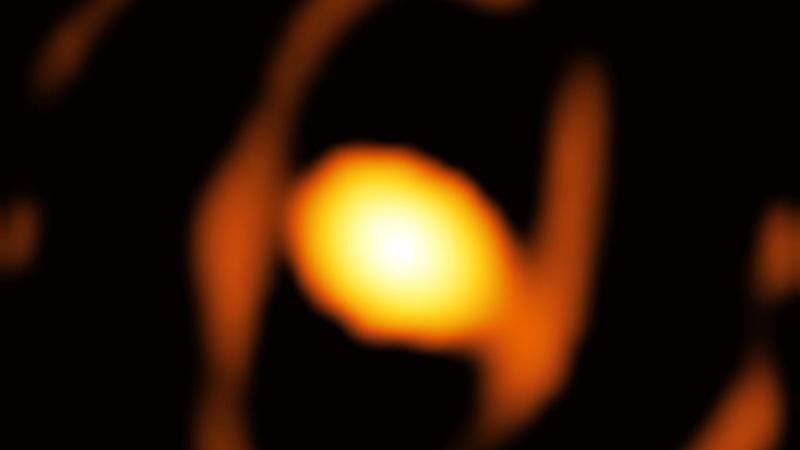
Wavelengths
In space and astronautical engineering, wavelengths refer to the distance between two consecutive peaks or troughs of a wave. Electromagnetic radiation, such as light, radio waves, and X-rays, all have different wavelengths. Understanding the properties of different wavelengths is crucial in designing and operating space-based instruments and communication systems. For example, radio waves with longer wavelengths are better suited for long-distance communication, while shorter wavelengths are used for high-resolution imaging. In addition, the study of the cosmic microwave background radiation, which has a wavelength of about 1 millimeter, has provided important insights into the early universe.
Your Previous Searches
Random Picks
- Virtual Simulations: In the context of aerospace engineering, virtual simulations refer to the use of computer models and software to replicate the physical and functional characteristics of aerospace systems or environments. These simulations are used to predi ... Read More >>
- Flame Trench: In space and astronautical engineering, a flame trench is a structure designed to direct the exhaust gases of a rocket engine away from the launch pad. It is typically a concrete trench or a steel structure lined with refractory bricks that ... Read More >>
- Electron Rocket: Electron Rocket is a two-stage, expendable launch vehicle developed by Rocket Lab. It is designed to deliver small payloads of up to 300 kg to low Earth orbit. The rocket stands at 17 meters tall and has a diameter of 1.2 meters. The first ... Read More >>
Top News

Archaeologists discover 4,000-year-old canals used to fish by predecessors of an...
Using drones and Google Earth imagery, archaeologists have discovered a 4,000-year-old network of earthen canals in what’s now Belize...
News Source: ABC News on 2024-11-22

First close-up image of a star beyond our galaxy may reveal impending supernova...
Astronomers have taken the first close-up image of a star beyond our galaxy, and it’s a “monster star” surrounded by a cocoon as it slowly dies....
News Source: CNN on 2024-11-21

Bestselling author explains the science of happiness: "You can do the work"...
Bestselling author and Harvard professor Arthur Brooks opens up about how enjoyment, satisfaction and meaning in life can increase a person's wellbeing....
News Source: CBS News on 2024-11-18

November's full moon, known as the Beaver Moon, is the last supermoon of 2024. H...
November's full moon, known as the Beaver Moon, is the last supermoon of 2024. Here's when it peaks and why it's called the Beaver Moon....
News Source: CBS News on 2024-11-15

You can't put a price on the sense of awe particle physics inspires...
Astronomy and particle physics are no longer seen as vital by the US establishment, so funding has fallen. But our work creates a sense of wonder, and wonder matters, says Chanda Prescod-Weinstein...
News Source: New Scientist on 2024-11-13